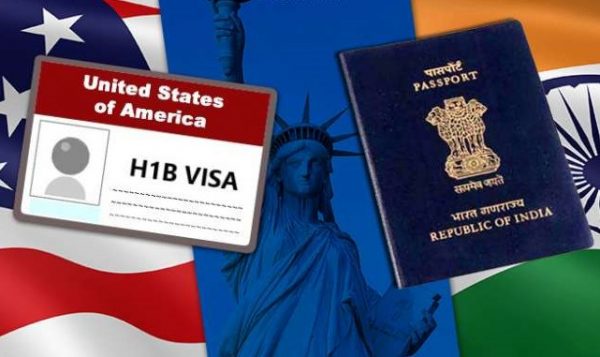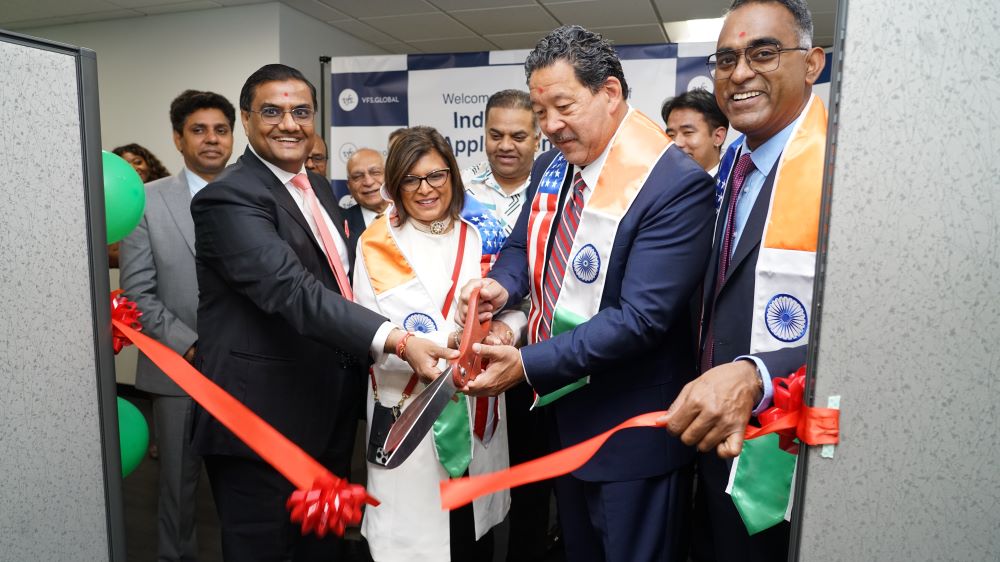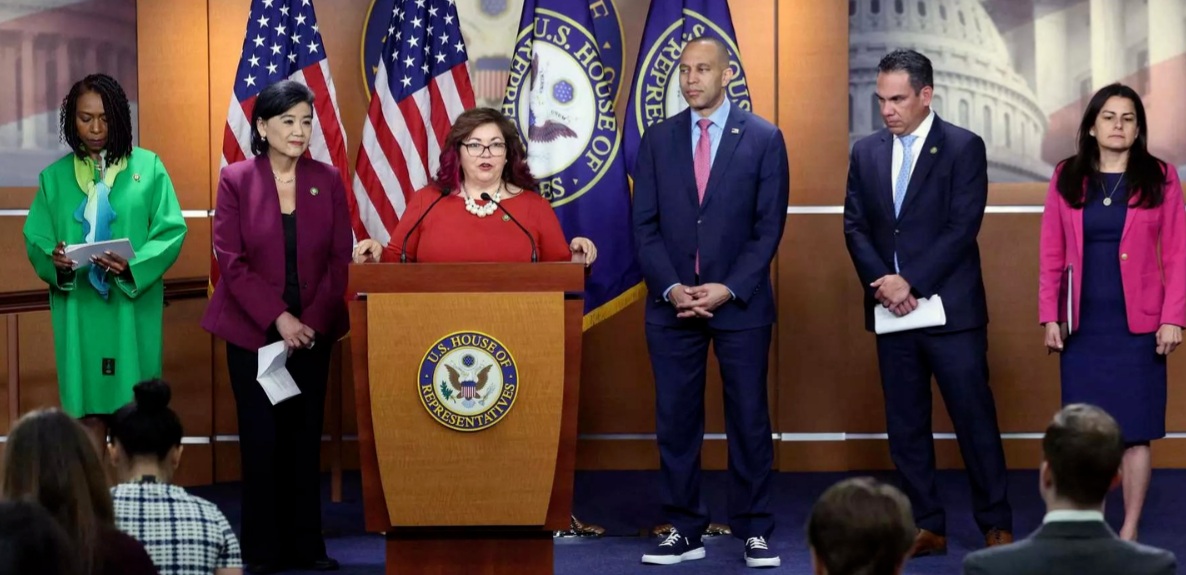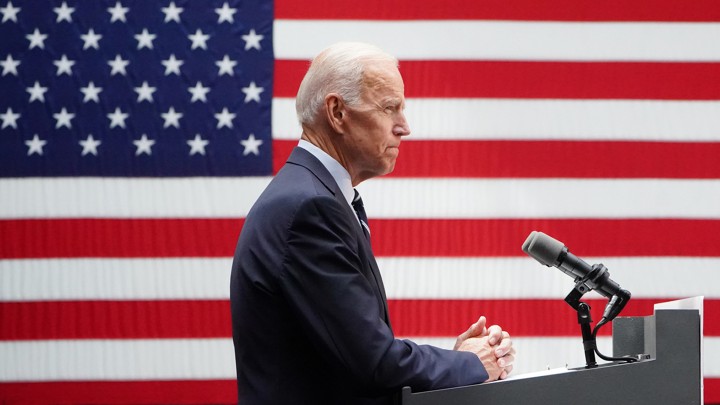Innova Solutions v. Baran
On December 16, 2020, the Ninth Circuit issued its opinion in Innova Solutions, Inc. v. Baran, which involved a technology company, Innova, that wanted to hire an Indian employee in the specialty occupation of Computer Programmer, and filed an H-1B petition on his behalf. Innova Solutions, Inc. v. Baran, No. 19-16849, *4. USCIS denied the petition stating that Innova failed to show that the position of Computer Programmer is a specialty occupation. Id. at 5-6. USCIS relied heavily on the Department of Labor’s Occupational Outlook Handbook (OOH), which states that “[m]ost computer programmers have a bachelor’s degree”, thereby implying that some individuals employed as computer programmers do not have bachelor’s degrees. Id.
In a prior blog, we have discussed the outcome of the Innova Solutions, Inc. v. Baran case at the District Court level. The U.S. District Court for the Northern District of California heard the case in 2018, and held that the position of Programming Analyst, categorized under the OOH’s Computer Programmer classification, did not qualify as a specialty occupation because the OOH’s description for Computer Programmer stated only that “most” Computer Programmers have a bachelor’s degree but “some employers hire workers with an associate’s degree”. Innova Sols., Inc. v. Baran, 2019 U.S. Dist. LEXIS 134790, *17.
The Ninth Circuit reversed the District Court’s grant of summary judgment to USCIS, and remanded the case, holding the USCIS’ denial of the visa was arbitrary and capricious. The court first examined the OOH language, holding that USCIS’s denial of the petition on this basis was arbitrary and capricious. Innova Solutions, Inc. v. Baran, No. 19-16849, *8. The court compared the OOH statements that “[m]ost computer programmers have a bachelor’s degree in computer science or a related subject” and a bachelor’s degree is the “[t]ypical level of education that most workers need to enter” with the computer programmer occupation to the regulatory language at 8 C.F.R. 214.2(h)(4)(iii)(A), which requires that a bachelor’s degree “normally” the minimum education required for the occupation. Id. The court found there to be no appreciable difference between these two descriptions, stating that: “[t]here is no daylight between typically needed, per the OOH, and normally required, per the regulatory criteria”. Id. Given the agreement between the two requirements, the court found that USCIS’s denial of the visa based on the OOH criteria was arbitrary and capricious, lambasting USCIS’s reasoning as “beyond saving” and stating that “there is no “rational connection” between the only source USCIS cited, which indicated most computer programmers have a bachelor’s degree and that a bachelor’s degree is typically needed, and USCIS’s decision that a bachelor’s degree is not normally required”. Id. at *9.
The court was similarly unpersuaded by USCIS’s argument that OOH language stating that “some employers hire workers with an associate’s degree” indicates that a bachelor’s degree is not normally required for the position. Id. at 10. In fact, the court reasoned, this language is entirely consistent with the regulatory criteria, which requires only that a bachelor’s degree “normally”, and not “always”, be required for entry into an occupation. Id. The court stated that “[w]hile agencies are entitled to deference in interpreting their own ambiguous regulations, this regulation is not ambiguous and deference to such an implausible interpretation is unwarranted, relying on Kisor v. Wilkie, 139 S. Ct. 2400, 2414 (2019), which limited Auer deference to “genuinely ambiguous” regulations. Id. at 10-11.
The court also held that USCIS’s denial was arbitrary and capricious because it mischaracterized the language in the OOH. Id. at *12-13. The USCIS decision claimed that the OOH stated that “the [computer programmer] occupation allows for a wide range of educational credentials, including an associate’s degree to qualify”, when in fact it states merely that “[m]ost computer programmers have a bachelor’s degree in computer science or a related subject; however, some employers hire workers with an associate’s degree.” Id. at 13. While it acknowledged that “a factual error is not necessarily fatal to an agency decision”, the court found USCIS’s misconstruction of the OOH language to be arbitrary and capricious in this instance because whether or not computer programmers normally possess a bachelor’s degree was central to USCIS’s decision. Id.
Finally, the court found USCIS’s decision arbitrary and capricious because it failed to consider key evidence. Id. at *14. The court reasoned that OOH language stating that a bachelor’s degree is the “[t]ypical level of education that most workers need” to become a computer programmer was prominently featured on the OOH landing page and of central importance to the USCIS’s determination, but the USCIS failed event to mention this language in its decision. Id.
While the Ninth Circuit’s decision in Innova Solutions is doubtless a victory for U.S. technology companies who employ foreign workers as computer programmers, the decision has broader implications, as well. For one, the decision is a refreshing rebuttal to USCIS’s longstanding practice of challenging computer programming on specialty occupation grounds. On March 31, 2017, the USCIS issued a policy memorandum that rescinded earlier 2000 guidance that acknowledged the position of computer programmer as a specialty occupation. The 2017 policy memorandum relied on the current language in the OOH as basis for rescission of the earlier guidance. Importantly, the Ninth Circuit in Innova Solutions held that this same language from the OOH does not contradict the regulatory criteria at 8 C.F.R. 214.2(h)(4)(iii)(A), effectively undercutting the USCIS’ rationale for issuing the 2017 memorandum.
Additionally, Innova Solutions represents the first recent reported circuit court decision in which the court has ruled in favor of the H-1B petitioner. Other landmark circuit court cases have historically favored the USCIS. In Defensor v. Meissner, for example, the Fifth Circuit ruled against a medical staffing agency that had filed H-1B petitions on behalf of the nurses it employed on the grounds that the end hospital where the nurses were placed was really the supervising entity, and reasoning that no evidence suggested these hospitals required the nurses to possess bachelor’s degrees. Defensor v. Meissner, 201 F.3d (5th Cir. 2000). In Defensor, the court held that the held that the criteria in 8 CFR § 214.2(h)(4)(iii)(A) are merely necessary conditions, rather than necessary and sufficient conditions, to establish that a position is a specialty occupation, a decision the USCIS often cites in H-1B RFEs. Id. Similarly, in Royal Siam Corp. v. Chertoff, the First Circuit ruled in favor of USCIS’s position that a position which requires a degree in a specific specialty related to the duties and responsibilities of the job should be accorded more weight than a generic degree requirement. Royal Siam Corp v. Chertoff, 484 F.3d 139 (First Cir. 2007). Innova Solutions is thus a unique and welcome victory for H-1B petitioners in the circuit courts.
The Ninth Circuit’s decision is in line with a number of recent decisions in lower courts in which, in contrast to most circuit court cases, H-1B petitioners have successfully challenged USCIS’s denial of H-1B petitions on the grounds that the position in question did not qualify as a specialty occupation. See, e.g., Taylor Made Software, Inc. v. Cissna, Civil Action No. 2019-0202 (D.D.C. 2020); Relx, Inc. v. Baran, 397 F. Supp. 3d 41 (D.D.C. 2019); Next Generation Technology v. Johnson, 15 cv 5663 (S.D.N.Y. 2017). In Innova Solutions, the Ninth Circuit reminds the USCIS, as the numerous lower court decisions have done, that the OOH may not be used as a Holy Grail to deny H-1B petitions that are based on well-reasoned arguments by the petitioner and corroborated by substantial evidence, including expert opinions.
Finally, one cannot overstate the growing importance of Kisor v. Wilkie in limiting the USCIS’s ability to exercise broad discretion in interpreting its own regulations under Auer precedent. Auer v. Robbins, 519 U.S. 452 (1997). In its decision in Innova Solutions, the court acknowledges that Auer deference applies only to genuinely ambiguous regulations, which 8 C.F.R. 214.2(h)(4)(iii)(A) is not. The court’s decision reminds the USCIS that Auer deference is not a broad license to deny meritorious H-1B petitions.
Cyrus D. Mehta is the Founder and Managing Partner of Cyrus D. Mehta & Partners PLLC. He is a prolific speaker and writer on contemporary immigration topics. He graduated with law degrees from Cambridge University and Columbia Law School.
Kaitlyn Box graduated with a JD from Penn State Law in 2020, and works as a Law Clerk at Cyrus D. Mehta & Partners PLLC.
Originally published in blog.cyrusmehta.com.
























